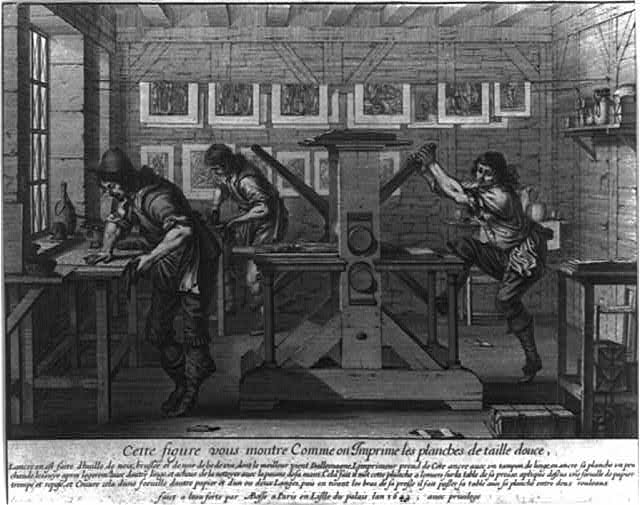By Edward T. Howe
Thomas Short became the Connecticut Colony’s first official printer in 1708. He printed laws and proclamations for the colonial legislature as well as the first book in the colony.
Becoming Connecticut’s First Official Printer
Born to Clement and Faith Short in 1682, Thomas Short and his large family lived in the Kittery, Maine area. Following an attack on his home in March 1690, French and Native American forces captured and sent Thomas to Canada. Eventually redeemed by family and friends living in Boston, he became an apprentice to his brother-in-law, Bartholomew Green—a well-known printer.
Up until the early 18th century, Samuel Green of Cambridge, Massachusetts (and later his sons, Samuel and Bartholomew of Boston) printed the acts and laws of Connecticut. In 1708, Connecticut Governor Gurdon Saltonstall sought to have a resident printer and offered the job to Thomas Green, Bartholomew’s son. Green declined the invitation, but it was soon offered to, and accepted by, Thomas Short.
Short agreed to work for four years for an annual salary of fifty pounds. His printing duties included: the laws of the General Assembly within one month after receiving them, various proclamations, laws in manuscript form, and annual election sermons (if asked). As “Printer to His Honor the Governor and Council,” Short operated a small-screw press in his New London home. According to his contract, Connecticut reimbursed Short for paper at twenty shillings a sheet, but he had to find the needed paper—probably obtaining it from Boston, since no printing mill existed in Connecticut at the time. Moreover, Short had to deliver one copy of his printed works to local sheriffs for distribution to every place that had a clerk or register.
Notable Publications
In 1709, Short printed the earliest known work in Connecticut—an act for issuing bills of credit to finance an English invasion of Canada, passed in a special session on June 8. His printing of session laws included the Acts of May and October 1709; May and October 1710; May, June, and October 1711; and May 1712. He also completed the printing of the laws in manuscript from 1703 to 1708.
In 1710, he notably printed A Confession of Faith (“Saybrook Platform”), the first book printed in Connecticut. As a new constitution for the dominant Congregational Church in Connecticut, it advocated for more centralized church authority to bolster church discipline and religious devotion. Short also printed an addition to the Saybrook Platform in 1710—a separately titled “Heads of Agreement.” The document was an effort to unify the Congregational and Presbyterian Churches while emphasizing the importance of doctrine for church members.
Thomas Short died on September 27, 1712, and was buried in New London. The afore-mentioned Thomas Green succeeded him as the second Connecticut printer.
Edward T. Howe, Ph.D., is Professor of Economics, Emeritus, at Siena College near Albany, N.Y.









